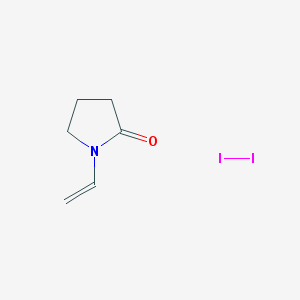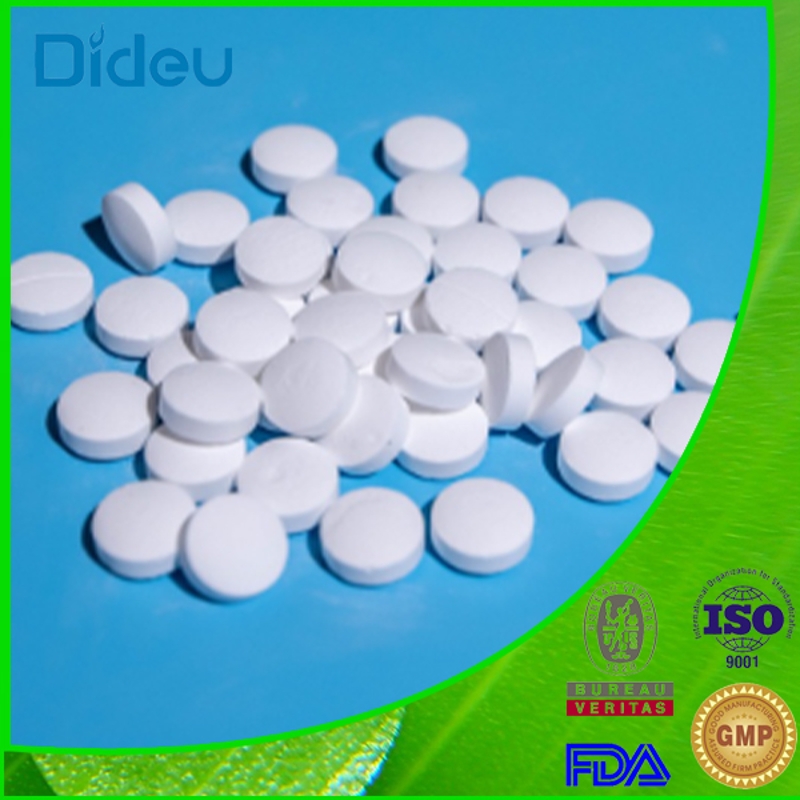-
Categories
-
Pharmaceutical Intermediates
-
Active Pharmaceutical Ingredients
-
Food Additives
- Industrial Coatings
- Agrochemicals
- Dyes and Pigments
- Surfactant
- Flavors and Fragrances
- Chemical Reagents
- Catalyst and Auxiliary
- Natural Products
- Inorganic Chemistry
-
Organic Chemistry
-
Biochemical Engineering
- Analytical Chemistry
- Cosmetic Ingredient
-
Pharmaceutical Intermediates
Promotion
ECHEMI Mall
Wholesale
Weekly Price
Exhibition
News
-
Trade Service
Severe COVID-19 patients had a higher asymptomatic venous embolism (VTE) rate, but the characteristics of symptomatic VTE in general COVID-19 patients were not well summarized.
, researchers aim to comprehensively explore the prevalence and risk prediction of VTE in patients with COVID-19 in a research paper published recently in Journal of Thrombosis and Haemostasis, an authoritative journal of thrombosis and clotting diseases.
retrospective study included all COVID-19 patients who were hospitalized in 16 centers in China from January 1 to March 31, 2020.
2,779 patients were diagnosed with COVID-19.
compared with 23,434 non-COVID-19 hospitalized patients, ORs with symptomatic VTE in severe and non-severe COVID-19 patients were 5.94 (95% CI 3.91 to 10.09) and 2.79 (95% CI 1.43 to 5.60), respectively.
when compared with 104 VTE patients and 208 non-VTE patients, the hospital mortality rate was higher for patients with pulmonary embolism (OR 6.74, 95% CI 2.18 to 20.81).
an average of 21 days after onset of VTE (IQR of 13.25 to 31). independent factors of
VTE include age, cancer, longer intervals between symptoms and hospitalization, lower fibrinogen and higher D-diglomer levels at hospitalization, D≥-diogene elevated (DI) ≥1.5 times; 95% CI is 6.25 to 32.18, P is 2.23×10-10).
a new predictive model consisting of three simple clotting variables (fibrinogen at hospital, D-D-djurogen levels, and DI≥1.5 times) has good predictive capability for symptomatic VTE (AUC is 0.865, 95% CI is 0.822 to 0.907, sensitivity is 0.930, and specificity is 0.710).
, the risk of developing VTE is too high for COVID-19 hospitalized patients.
new predictive models help identify high-risk patients with VTE at an early stage.







